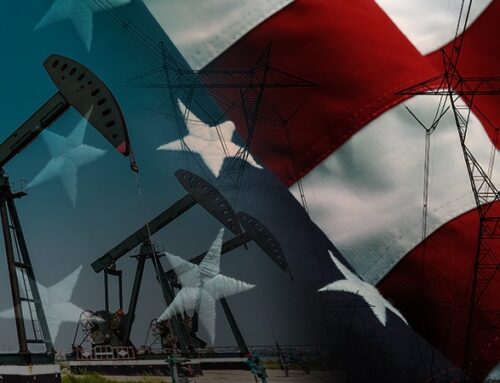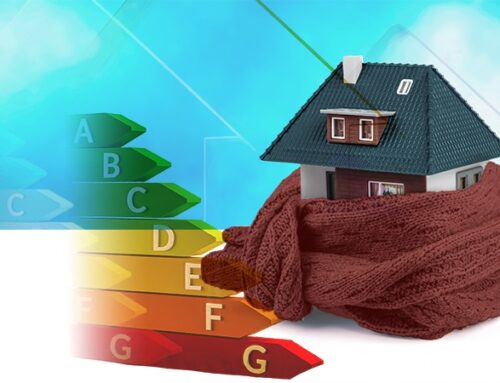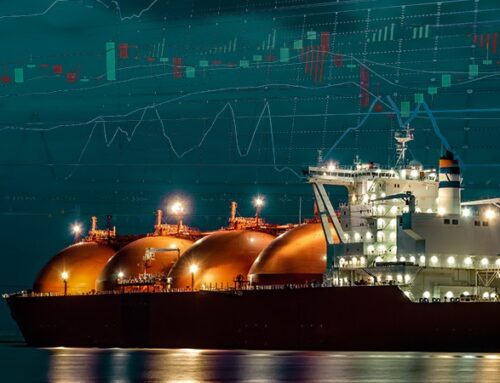After a few quiet years, the gas markets are going through some interesting times. Although the global supply glut continues, with tightening not expected until the 2020s, short-run supply and demand fluctuations are causing significant gas price spikes.

According to Timera Energy, European gas demand (net of reverse flow) increased by 17 Bcm in 2017 – roughly 3.2% higher than the previous year. Growing power sector demand was a key driver with CCGT load factors continuing to rise. This additional demand was met through higher Russian supply (17 Bcm) as well as a significant increase in LNG deliveries (10 Bcm).
In the past few months, a combination of high weather-related demand and various supply problems has caused significant price swings – on 1 March day-ahead prices closed at a record level of 207 p/therm, and within-day prices reached 350 p/therm.

In the recent “Beast from the East” cold snap, National Grid was forced to issue a Gas Deficit Warning as expected supplies were below forecast demand for the day. Against a backdrop of low gas stocks across Europe, there are renewed supply concerns ahead of the next forecast cold spell this weekend:
“With LNG and gas storage stocks at record lows in the UK and on the Continent, concerns remain as to where the market will source its gas. We forecast UK domestic demand in the UK ~260/mcm/d over the coldest period – 18th to 19th March – 100mcm/d below the 360mcm/d peak on 1st March, the peak of the last severe cold spell,”
– Simon Wood, European Gas Analysis at analyst S&P Global Platts
However Wood expects the UK to remain balanced without having to call on strong imports or storage withdrawals. Warm weather over the past two weeks means overall temperatures are likely to be closer seasonal norms for the month as a whole, suggesting markets could be over-reacting to the situation. However, he sees significant risks for next winter:
“Sustained cold weather through to the end of March will see storage in the UK and on the continent even lower. All major European hubs have seen a narrowing on Winter-Summer spread, suggesting a lower economic incentive for summer injections. This implies that the deficit to previous years may not be made up through summer injections, leaving the whole region once again exposed next winter.”

What about Russian gas?
By the 2 March, the combined stocks at the UK LNG terminals were only enough to provide 3 or 4 days of supply at the high flow rates needed to balance the market. The situation was partly relieved by the arrival of a Russian LNG cargo into the Dragon terminal in Wales on 6 March.
Another cargo from Yamal LNG landed at the Isle of Grain on 13 March, and according to the Financial Times, half of the LNG cargos that have arrived in the UK this year originated in Russia. The UK also has contracts for pipeline gas from Russia, for example the 4.2 Bcm/year supply contract between Centrica and Gazprom.
The Department for Business, Energy and Industrial Strategy says that less than 1% of gas consumed in GB comes from Russia, however, 44% of the country’s gas is imported from Europe – with Russia supplying about a third of Europe’s gas, it seems likely that the amount of Russian gas in GB is higher than 1%.

With the current political tensions with Russia, there may be a desire to look elsewhere for gas supplies. The new US export market is an obvious source – this week Royal Dutch Shell diverted its first shipment from the new Cove Point export facility in the US to Britian, from its original destination in Asia.
Even before the current tensions following the Salisbury incident, the EU and US have both made restraint of Russian gas supply to Europe a geo-political priority. According to analysis by Oxford Institute for Energy Studies strategy is focused around the natural supply bottleneck represented by limited pipeline capacity, where Gazprom is already close to the limit in a number of directions.
“The majority of current spare capacity is via Ukraine, where the realities of Russia-EU relations collide, with the EU wanting to protect the Ukrainian transit route for political and commercial reasons while Russia insists on trying to maximise its bargaining power by creating alternative routes such as Nord Stream 2 and TurkStream. Meanwhile the US continues to use sanctions to support Ukraine and to promote the virtues of its own gas exports, albeit at a higher price than Russian gas.”
Navigating a riskier gas market
In October 2017, the UK Government published a report on security of the country’s energy supplies and concluded that the GB system has high levels of security. Overall, this is probably true – the country has never experienced a gas emergency, and its LNG terminals and access to European storage capacity via the gas interconnectors look capable of providing the flexibility needed by the market.
However, with the closure of Rough, and new political pressures with Brexit as well as tensions with Russia, price volatility is likely to increase.
This will have the biggest impact on small energy suppliers whose risk management and hedging practices are likely to be less effective than those of the larger players – smaller companies face credit and liquidity challenges and may lack the internal resources to properly measure and trade out their wholesale price risks in both gas and electricity. This means they tend to buy gas on a short-term basis and therefore are much more exposed to price spikes.
“An extended period of high short-term gas prices and high demand can be a significant hit to profits, which may undercut the aggressive pricing of some smaller entrants,”
– Roshan Patel, analyst at Investec
The last few weeks have seen a number of both large and small suppliers announce price increases. Nothing in the recent wholesale market dynamics would suggest this trend would reverse, but it will be worth keeping a particular eye on smaller suppliers and how they weather the current gas price spikes.






I think your map is misleading. It is my understanding that Balgzand is fed in the first instance from Dutch offshore and onshore production (high CV – not Groningen), with backup from the production landed at Emden (mainly Norwegian), whence gas also flows into Germany. There is no flow from Nordstream as implied by the map.
Likewise Zeebrugge is supplied by Norwegian gas from Zeepipe, with additional volumes from Dunkirk LNG and Franpipe. Of course, much of the time Zeebrugge is importing gas from the UK. Again, there is no flow from Russian pipeline sources.
This map (requires a browser with Flash) gives a bit more insight into some of the physical flows:
https://www.iea.org/gtf/